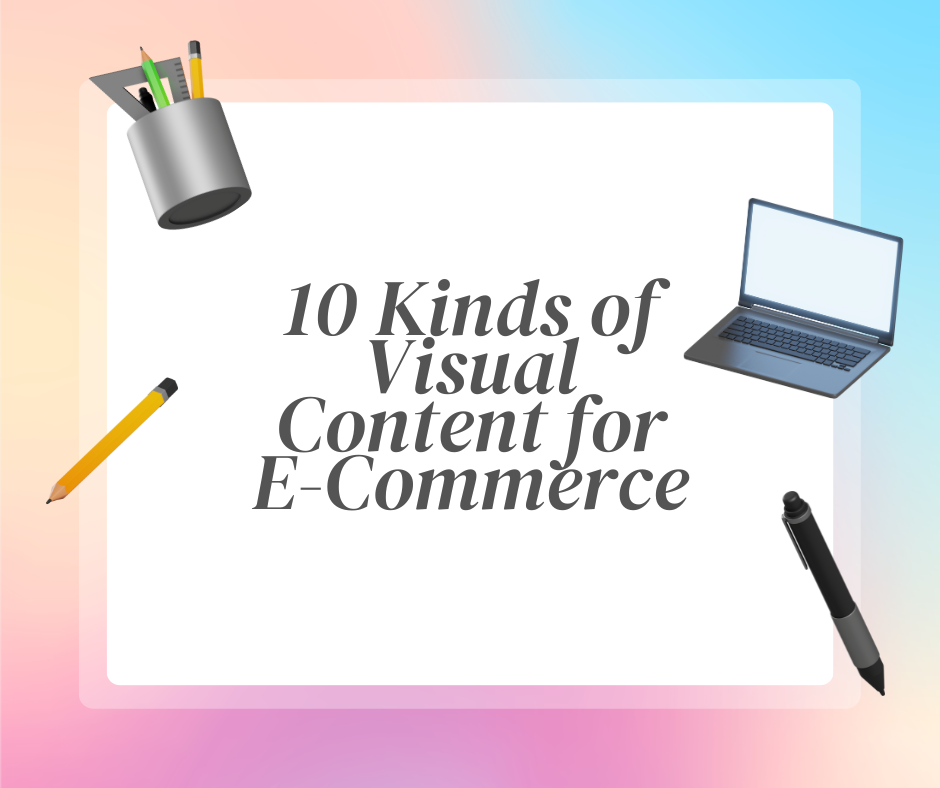Visual content is crucial in engaging and attracting visitors to your e-commerce website in Orange County. Incorporating various types of visual content can enhance the overall user experience, showcase your products effectively, and increase conversion rates. Here are some essential kinds of visual content that you can utilize for your e-commerce website:
1. Product Images
High-quality product images are the backbone of any e-commerce website. They visually represent your products and help customers make informed purchasing decisions. Display multiple images from different angles, zoom functionality, and product variations to give customers a comprehensive view of what they can expect.
2. Product Videos
Product videos allow you to showcase your products, highlighting their features, benefits, and how they can be used. Videos are particularly effective for complex or technical products where demonstrating functionality is essential, and videos can increase customer engagement and provide a more immersive shopping experience.
3. Infographics
Infographics combine visual elements, text, and data to present information in a way that’s visually appealing and easily digestible. Infographics can be used to educate your viewers about your products, explain complex concepts, compare different options, or showcase product specifications and features.
4. Lifestyle and Contextual Images
Sometimes products in professionally-photographed pictures look different in real life. So, by displaying lifestyle and contextual images, you can help customers envision how your products fit into their lives. Show your products used in real-world scenarios, such as in a home, office, or outdoor setting. These images can evoke emotions, inspire desire, and create a connection with your target audience.
5. User-Generated Content
Encouraging customers to share their images and videos featuring your products can be a powerful way to showcase social proof and build trust. User-generated content (UGC) can include customer reviews with accompanying images, social media posts, or unboxing videos, and UGC adds authenticity and can influence potential customers positively.
6. Virtual or Augmented Reality
Virtual reality (VR) or augmented reality (AR) technologies can provide an immersive shopping experience for customers. With VR, users can virtually explore a store or visualize products in a simulated environment. AR allows customers to superimpose virtual products into their real-life surroundings using their smartphone or other devices, helping them assess size, fit, or style.
7. Before-and-After Images
Before-and-after images are particularly relevant for beauty, health, fitness, or home improvement industries. These images demonstrate the transformative effect of using your products. For example, if you sell a skincare product, you can show a before picture with blemishes on the face to an after picture of a blemish-free face! Just ensure the picture is accurate so as not to give impossible expectations.
These pictures showcase actual results and motivate customers to purchase.
8. 360-Degree Product Views
360-degree views of your products allow customers to rotate and examine them from all angles. This interactive feature provides a more interactive and detailed experience, giving customers a better sense of the product’s design, texture, and overall appearance.
This replaces the feeling of going to a physical store and examining the product with your senses, which not everybody can do these days.
9. Size Guides and Diagrams
Size guides and diagrams are essential for e-commerce websites selling apparel, footwear, or accessories. Providing precise and accurate measurements and visual representations helps customers choose the right size. It also reduces the likelihood of returns or exchanges that can eat away at your budget.
10. Brand Storytelling
Visual content can also convey your brand story and values. Incorporate images, illustrations, or videos that align with your brand identity and narrative. Showcase your company’s mission, culture, and the inspiration behind your products to establish a deeper connection with customers.
Conclusion
Incorporating various visual content on your e-commerce website enhances the user experience, increases engagement, and improves conversions. Experiment with different types of visual content to find what resonates best with your target audience and effectively showcases your products. Remember to prioritize high-quality visuals that accurately represent your brand and products, as they are vital in attracting and retaining customers.
